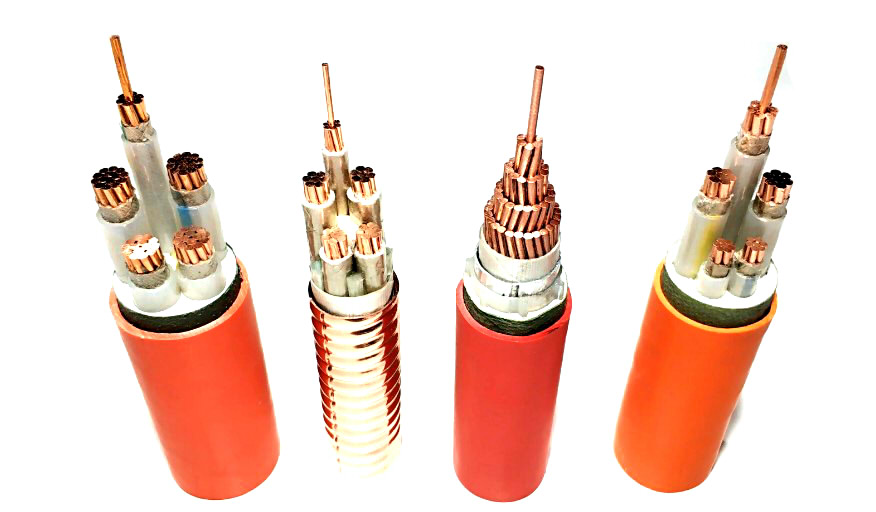Fire resistant cable refers to a cable that can remain operational for a certain period of time when burned. Can maintain circuit integrity in case of fire. It has copper as a conductor, a seamless copper tube as cover and magnesium oxide inorganic mineral as insulation.
Unlike fireproof cables, there is no criterion of combustion or prolonged non-combustion of the cable itself. Instead, the flame retardant cable quickly aborts its work in case of fire. Its main function is that it is difficult to burn and can be self-extinguishing..

Insulation Resistance of Fire Resistant Cable
The insulation resistance of fire-rated cables is highly dependent on the amount of moisture in the magnesium oxide. under standard conditions, when the moisture content does not exceed the 0,4%. The insulation resistance of pressed magnesium oxide is higher than that of other insulating materials (for example, PVC, PE, XLPE, etc.). It can reach from 10Ψ/m to 1016Ψ/m at 20°C.
Besides, the insulation resistance of a cable is related to the number of cores and the size of the cross section. The greater the number of cores and the cross section, the lower the insulation resistance. At the same time, the insulation resistance also depends on the number of impurities in the magnesium oxide. It is also related to temperature, the higher the temperature, the lower the insulation resistance of the cable.

Electrical Resistance of Fire Resistant Cable
Compared to other insulating materials used in the cable industry, the electrical resistance of cables finished with magnesium oxide insulation is not as high. The electrical resistance of fire resistant cables depends on the density of magnesium oxide. Besides, the thickness of the insulation and the condition of the cable itself affect the electrical resistance.
For example, if a cable suffers a bend, the density of the insulating material in the curve decreases. In severe cases, it can even crack. This leads to a reduction in the electrical resistance of the cable.. Tests have shown that at a temperature of 20°C. at a frequency of 50 Hz, The electrical resistance of an unbent standard-density wire approaches 6,0 MV/m. The resistance of the wire is approx. 3 MV/m when the radius of curvature is 6 times the diameter of the cable.
Heat Resistance of Cables
The heat resistance of fire-resistant cables depends on the permissible working temperature of the core and sheath during operation. Under normal conditions, neither the electrical conductor nor the cover rusts. Due to the low oxygen content in the cable insulation, oxidation is not serious. Nevertheless, the cover of the electrical fire resistant cables can oxidize violently due to exposure to air. The higher the temperature, the more serious the oxidation. When the temperature of the copper sheath of the cable exceeds 250°C, drastic oxidation begins to occur, forming the oxide layer CuO.
